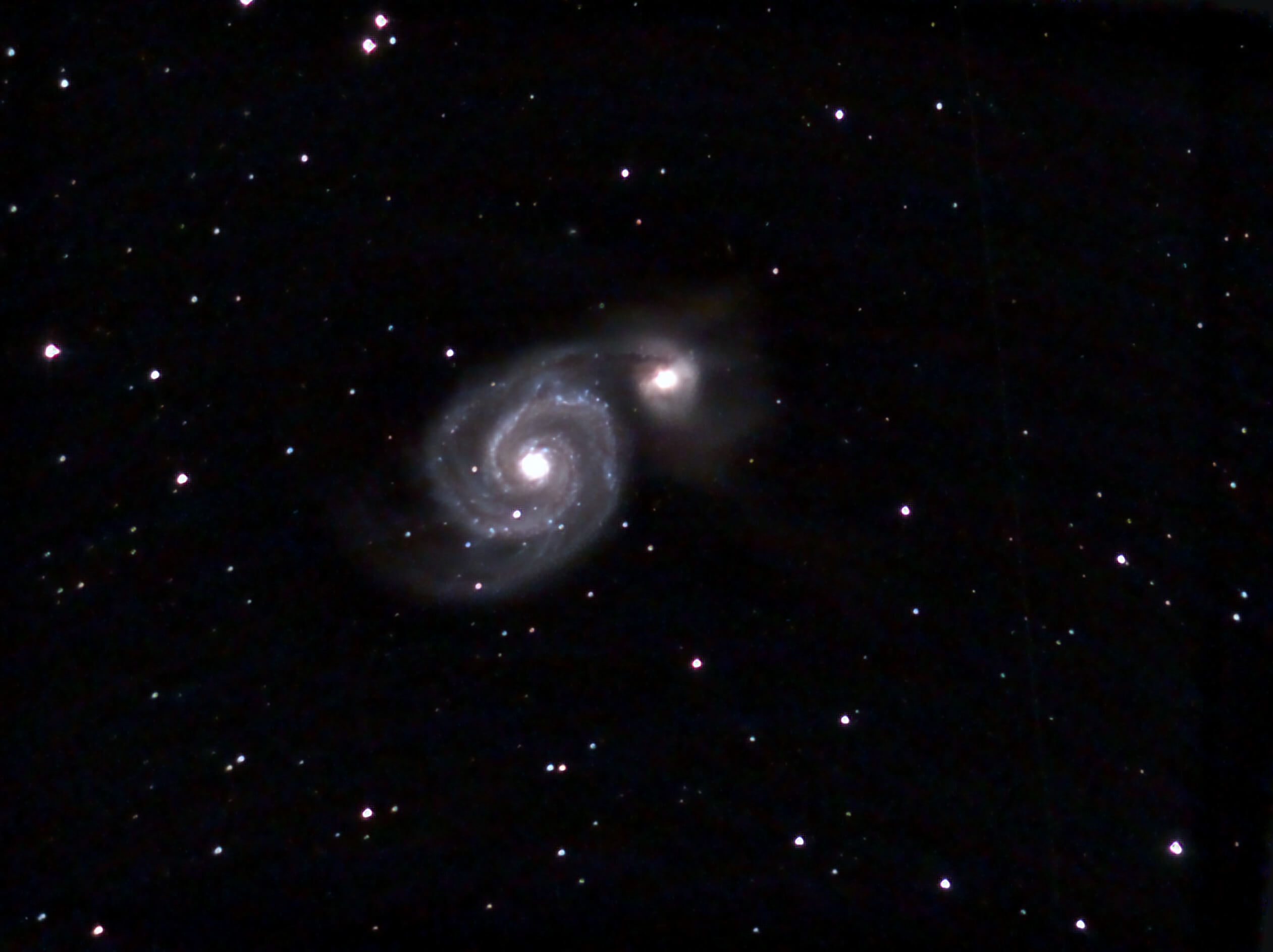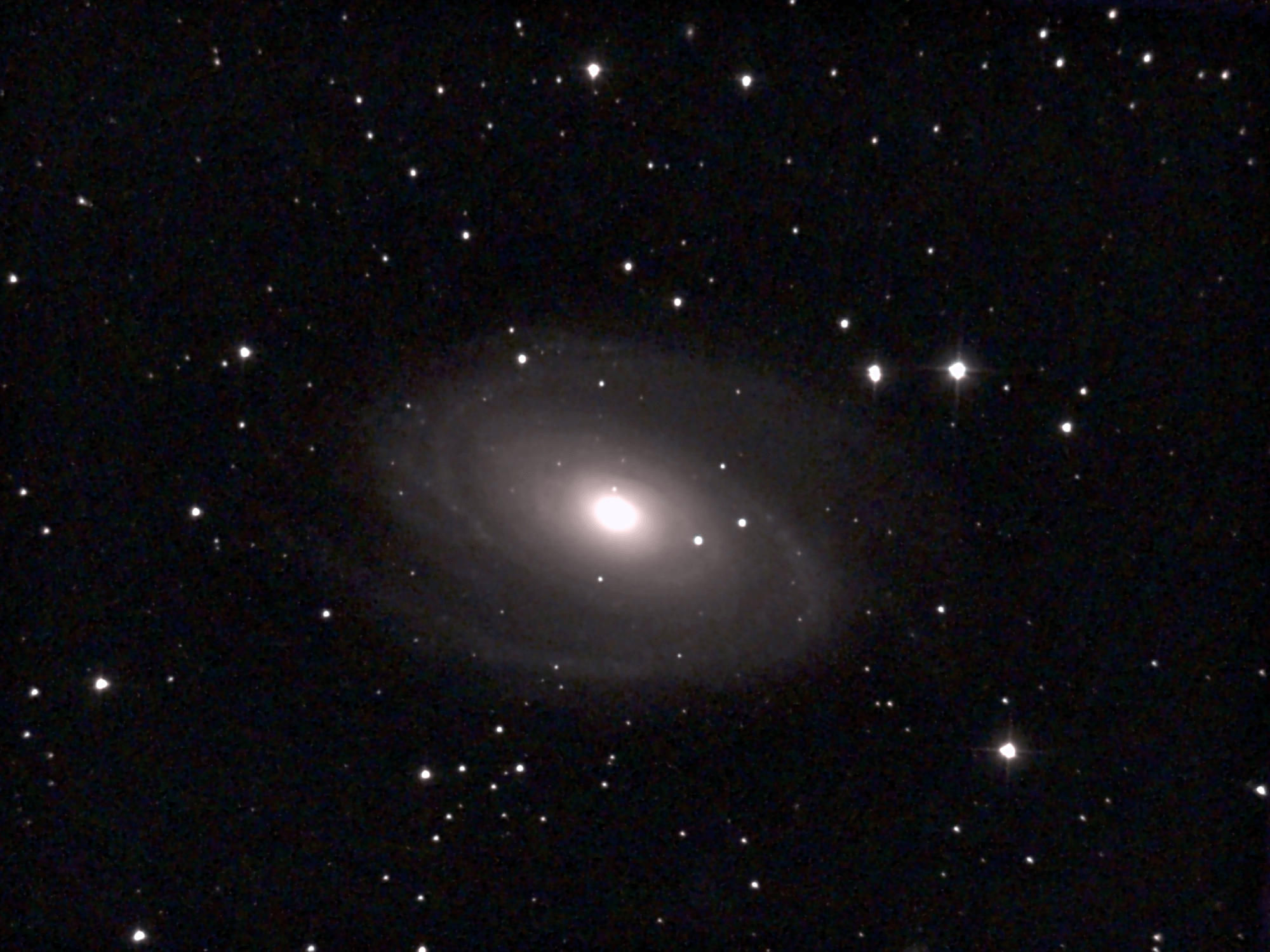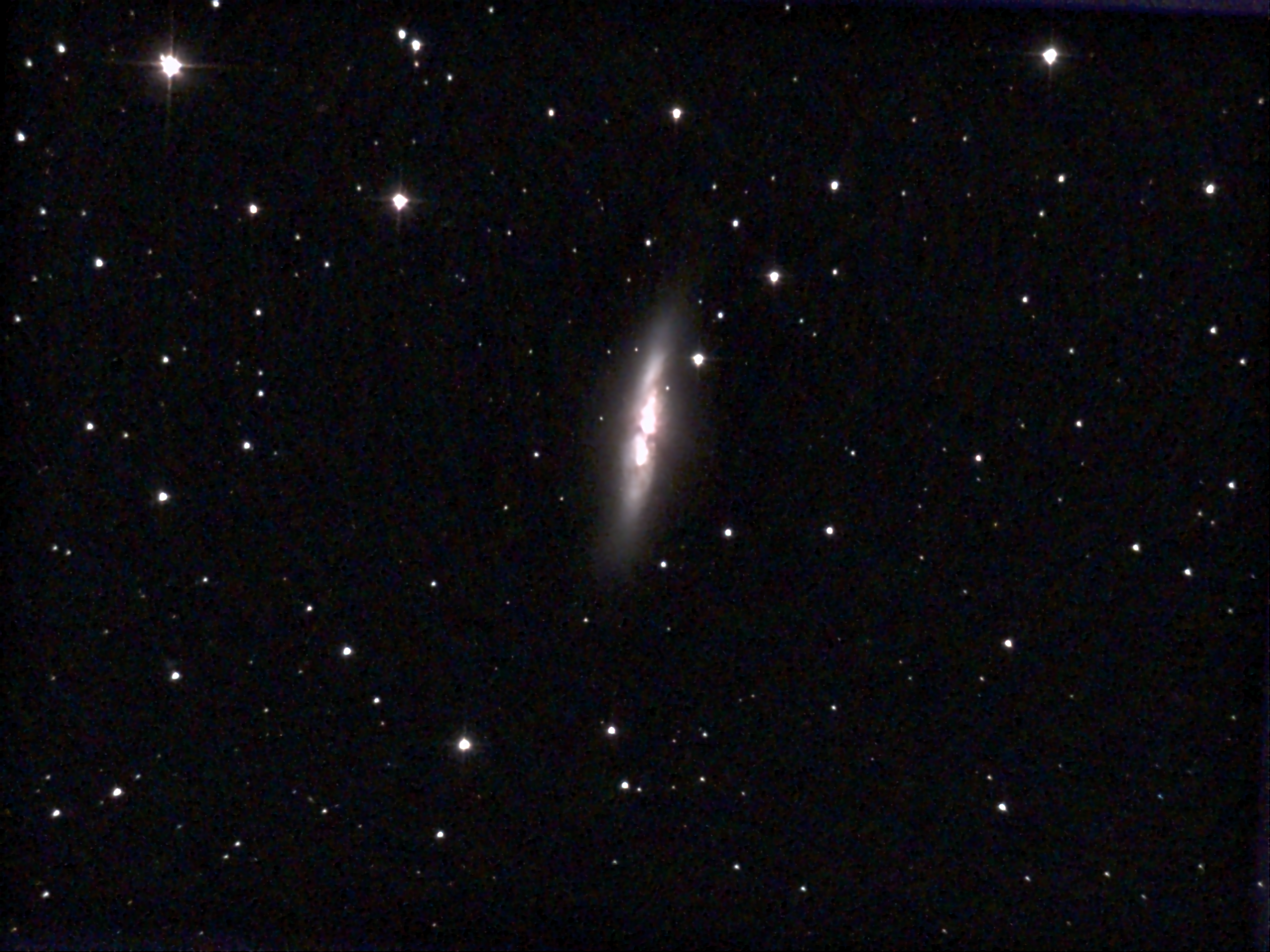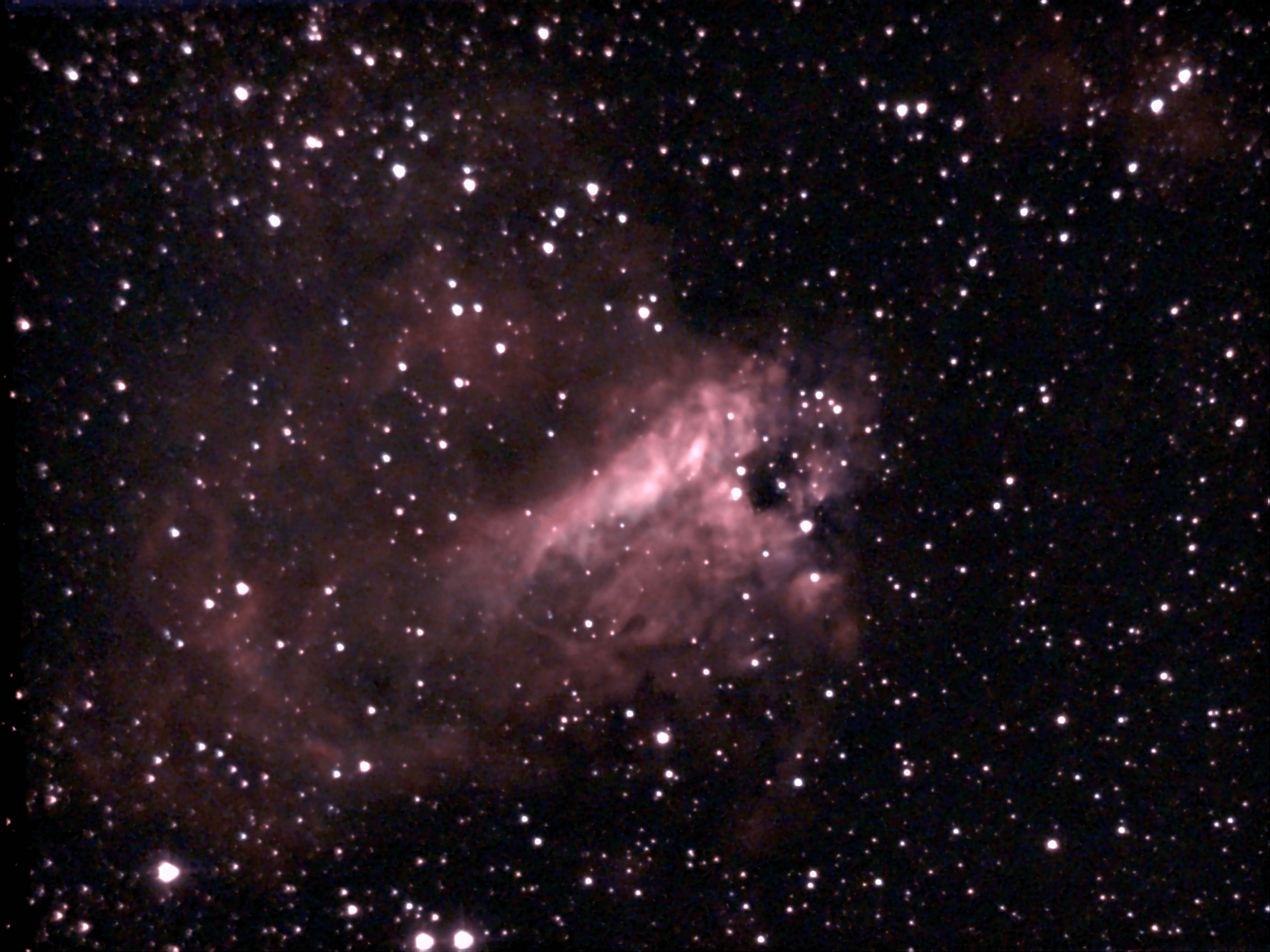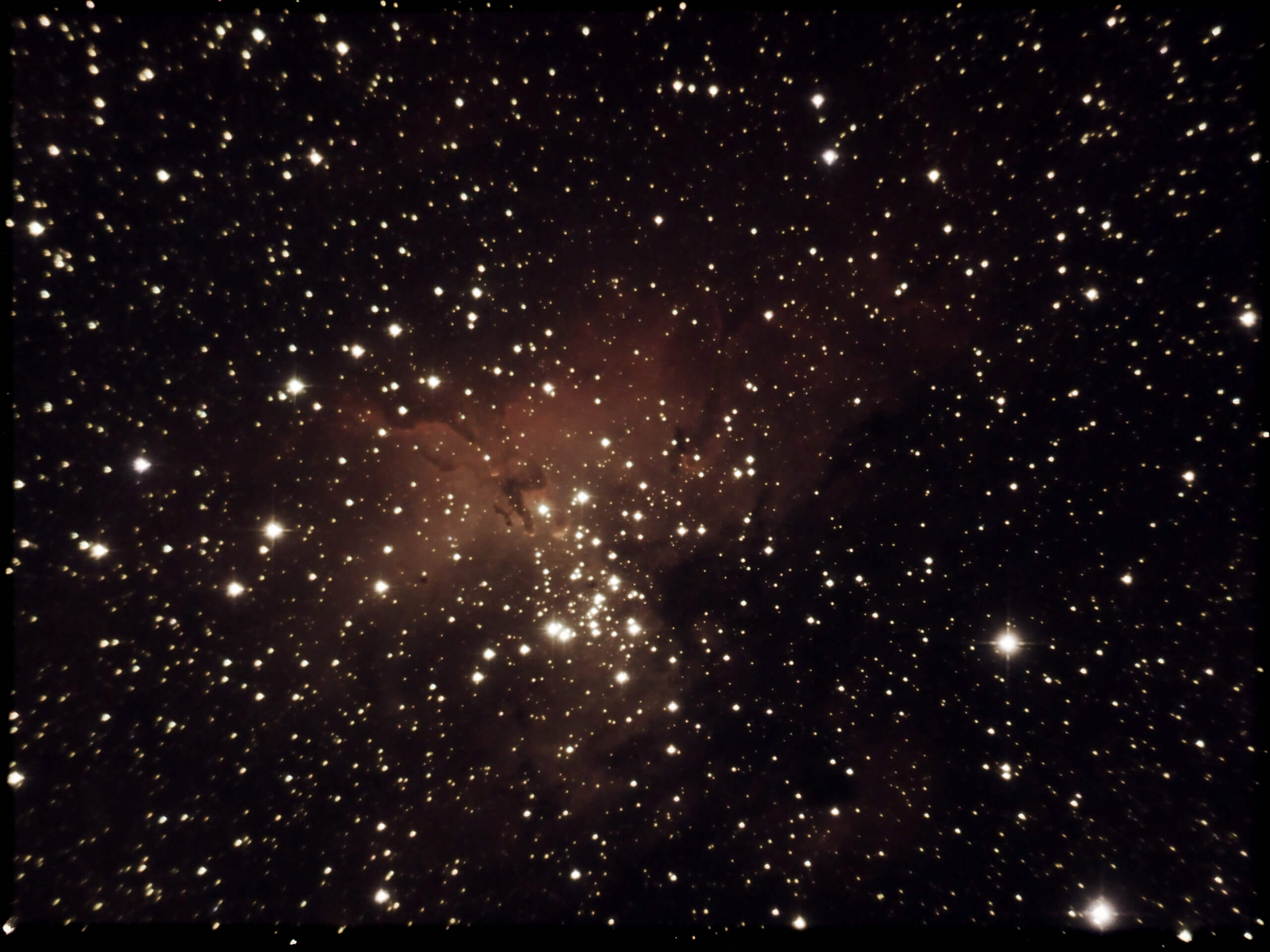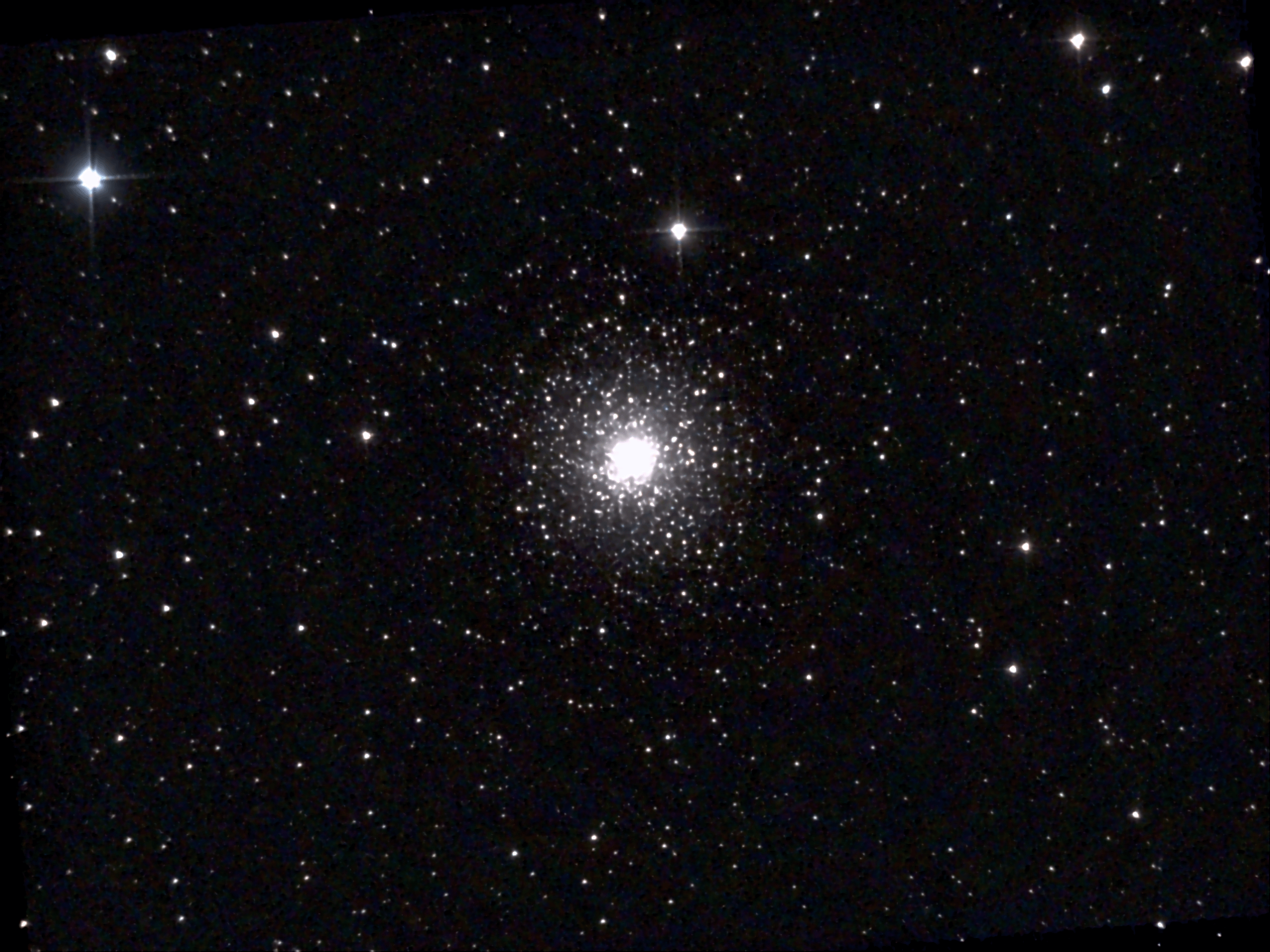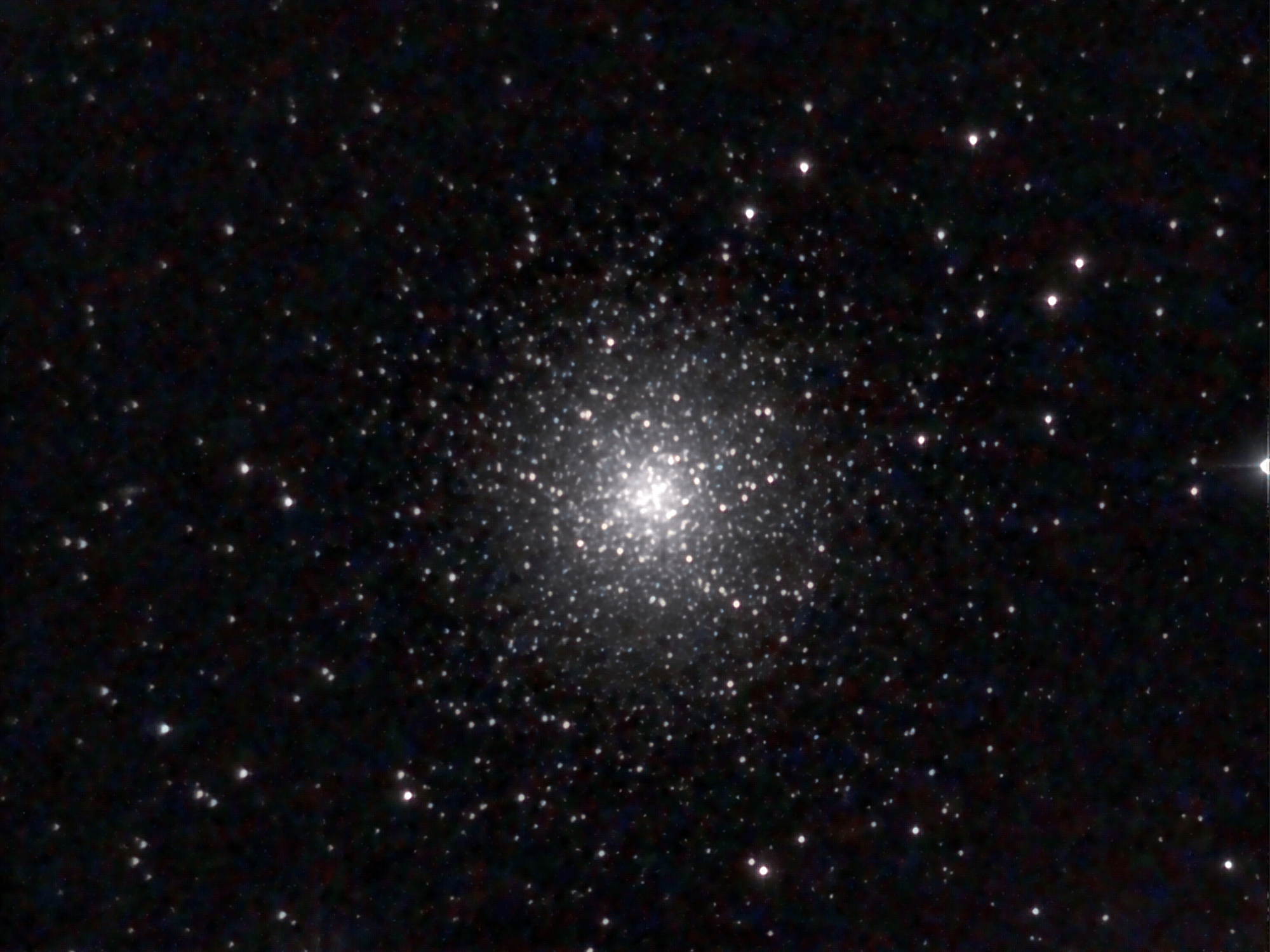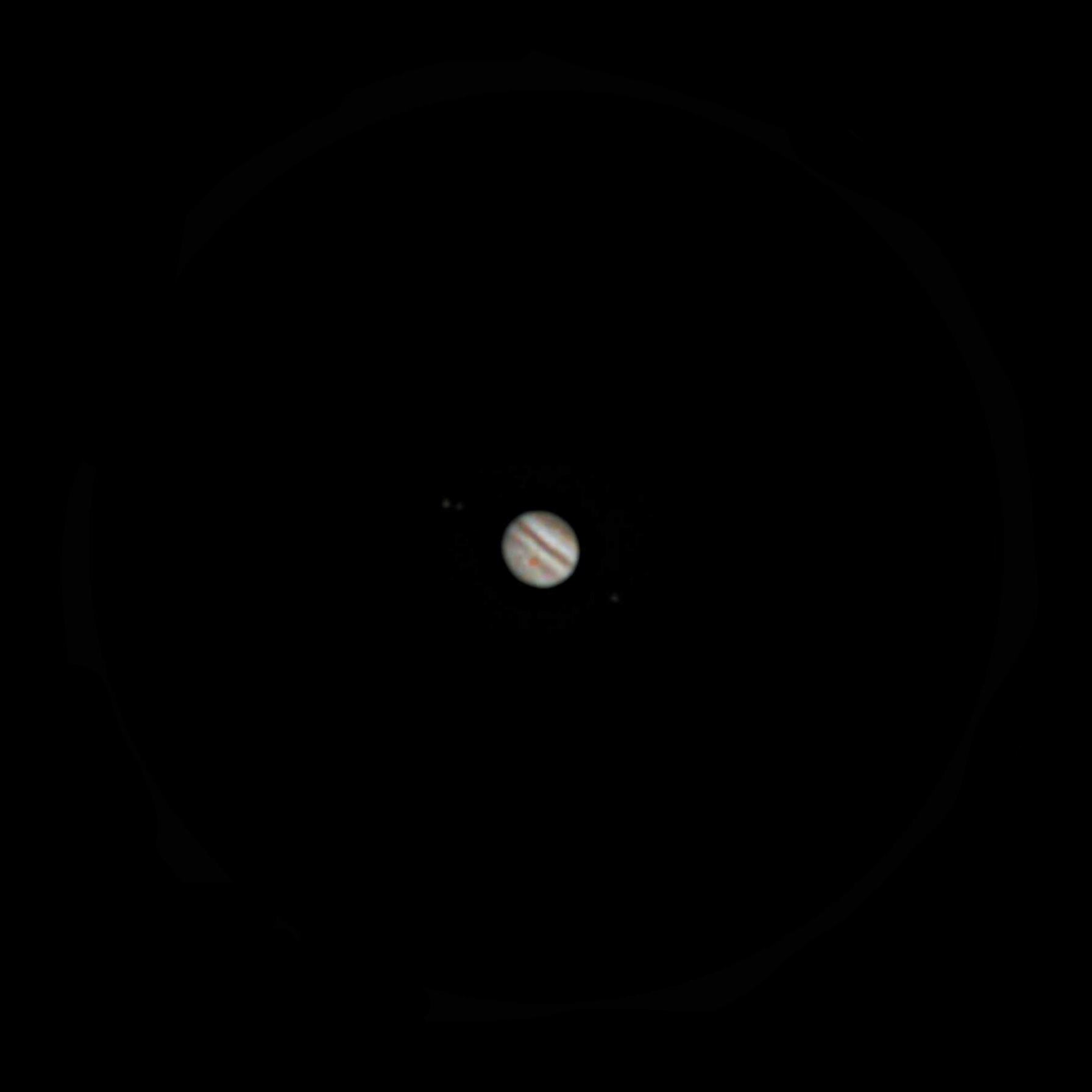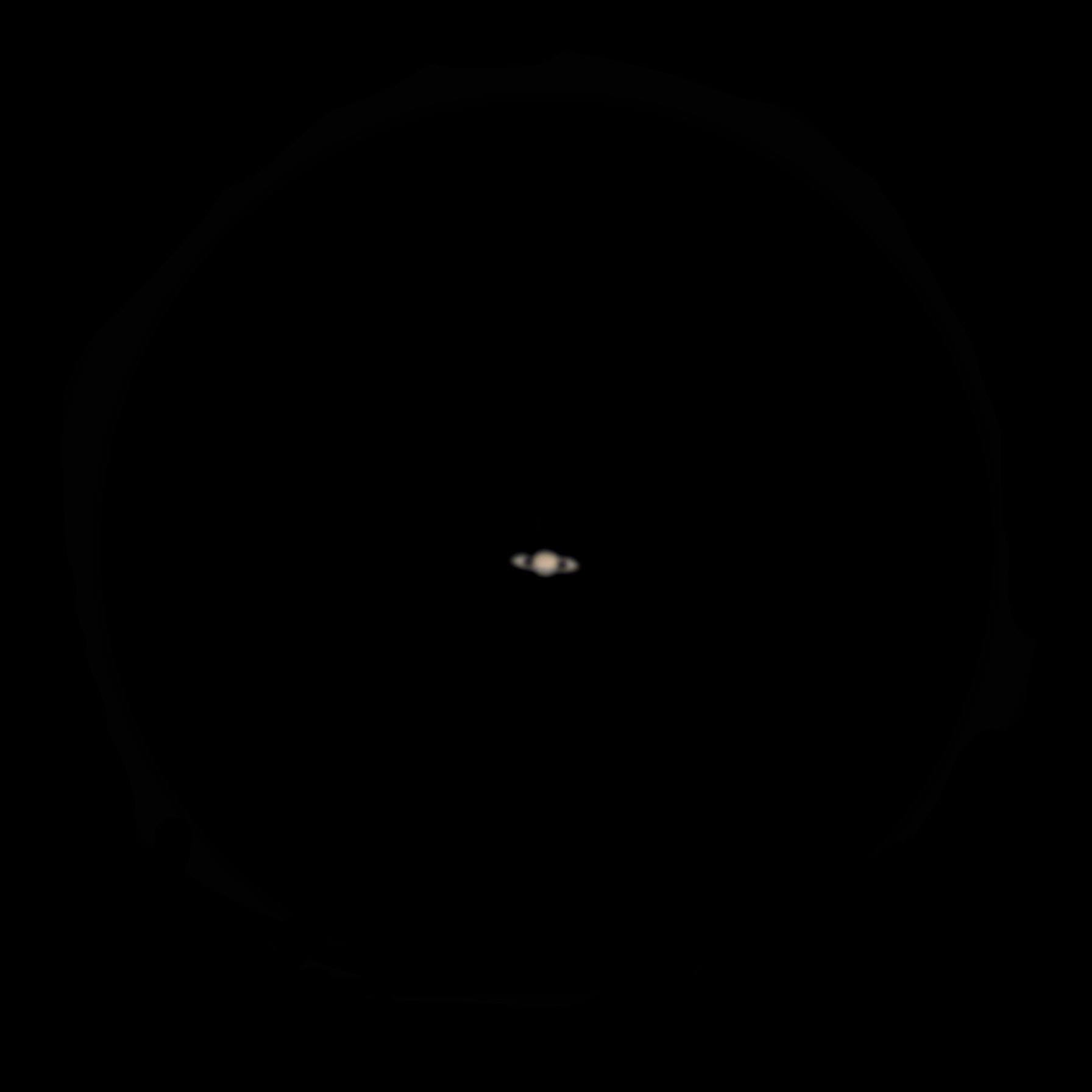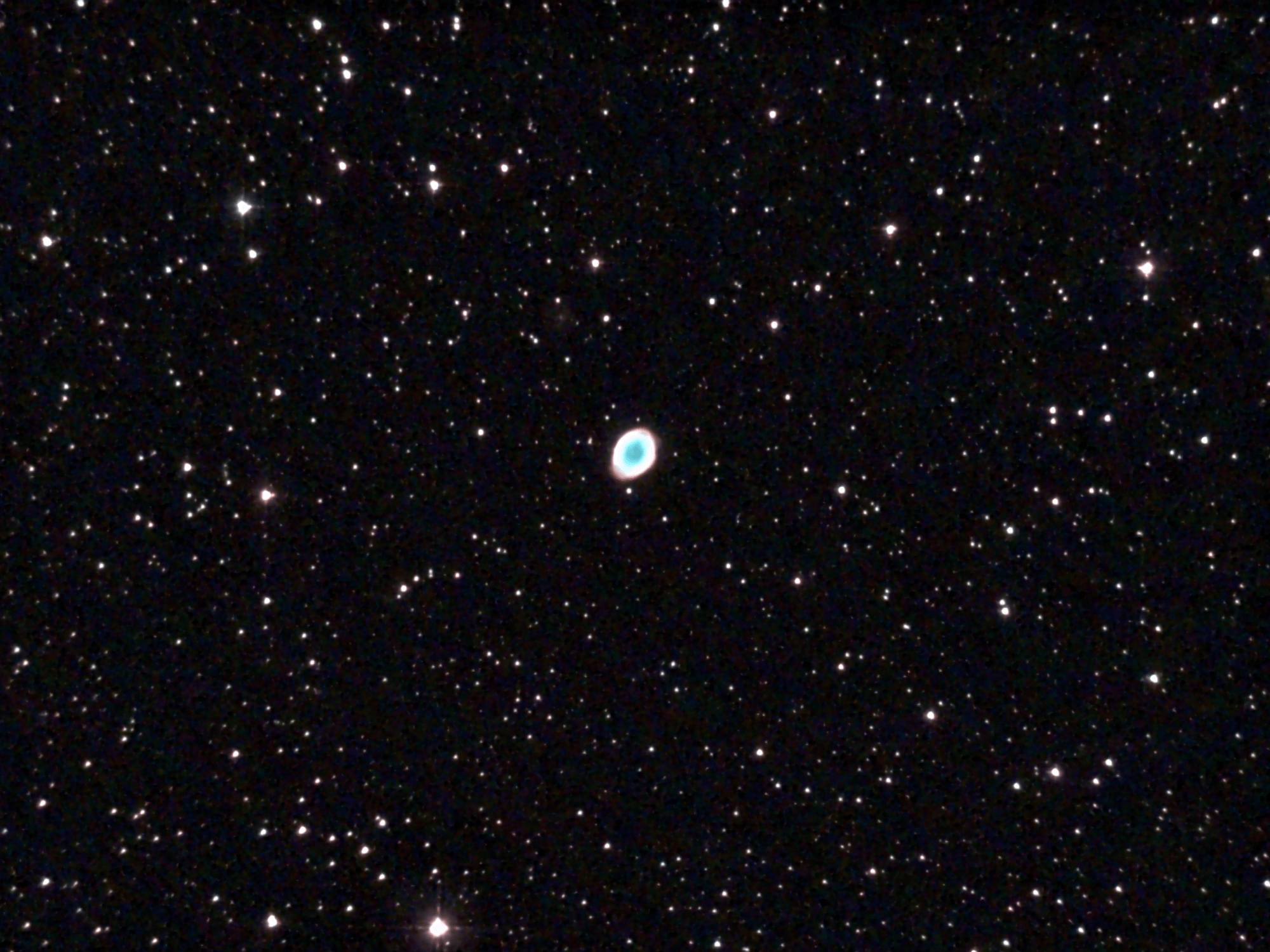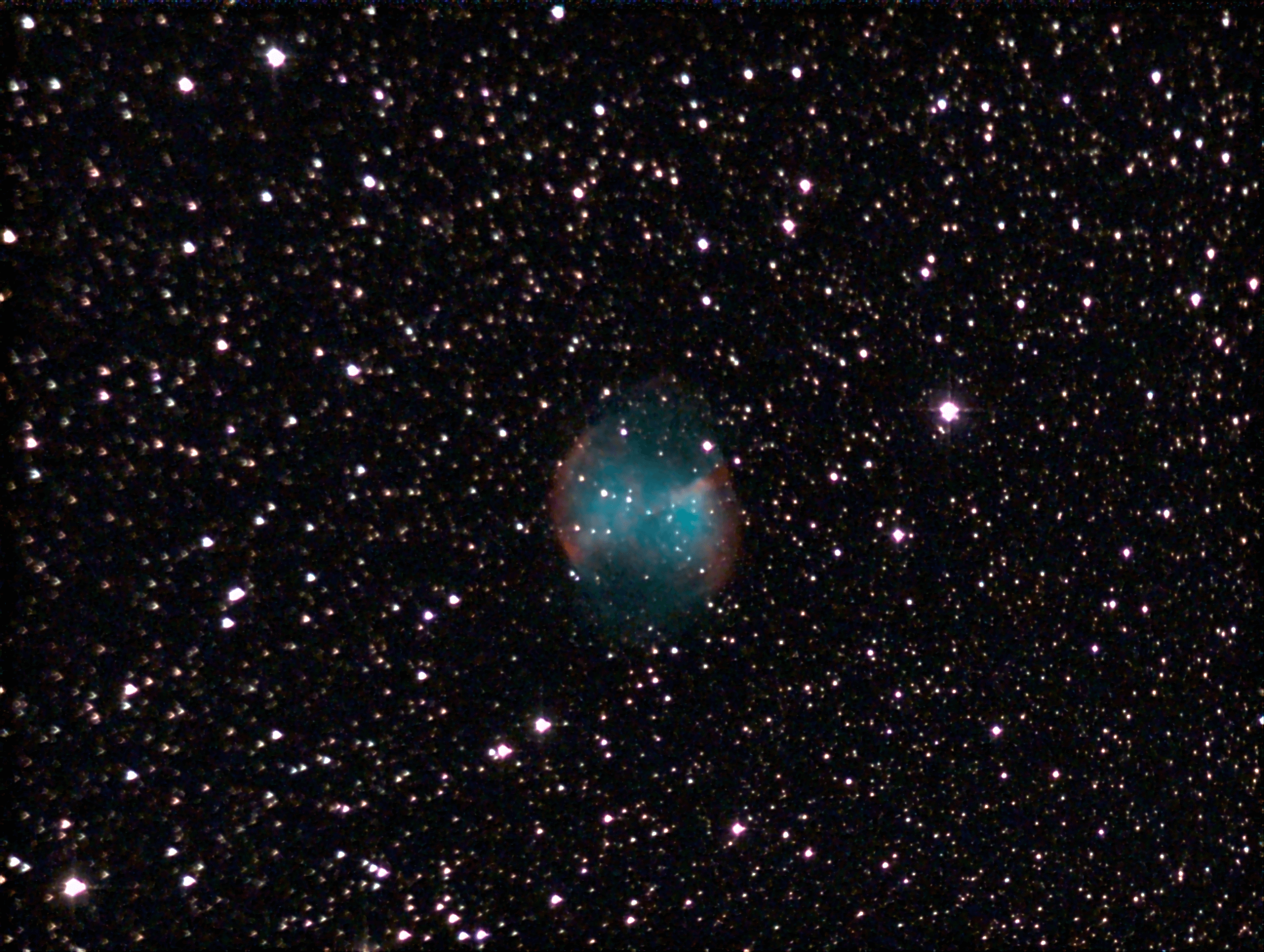This content is brought to you by the French Astronomy Association, in partnership with Unistellar.
Journey into the cosmos all summer long and witness one of the most fascinating astronomical phenomena: the life cycle of a star!
Planets, nebulae, star clusters, and galaxies are all on the schedule for your summer star parties. With Unistellar’s smart, connected telescopes you’ll enjoy the full beauty of the stars. These easy-to-use tools allow you to marvel at the colors and details of deep-sky objects in a matter of moments. Stargazing is now possible from the heart of the world’s biggest cities thanks to Deep Dark Technology which filters out light pollution and noise from images.
The human eye is capable of seeing around 3,000 stars in a dark night sky. This figure can fall to as few as 200 stars at the heart of Parisian light pollution. Of course, our most visible star (during the day) is the Sun, around which our entire planetary system orbits. At 4.5 billion years old, the Sun is about half-way through its life span. But we don’t have to wait that long to witness the life of a star. After all, we’re a bit late for the Sun’s birth, and we’ll be long gone before it reaches its end.
1. Where do the stars live?
The Sun is not the only star in the cosmos—far from it! The galaxy where the Sun lives, called the Milky Way, is thought to have between 200 and 400 billion stars.. We see our galaxy side-on, as a band of light crossing the summer sky. To locate it, look toward the constellation Sagittarius. You may notice the Milky Way’s exceptional stellar density as you look toward its center, known as a galactic bulge.
Believe it or not, the Universe is thought to contain 2 billion galaxies like ours, comprising some 200 trillion stars. That’s enough to make you dizzy! Some of these galaxies are visible in the summer sky, including the ones listed below.
The Whirlpool Galaxy M51
M51 THE WHIRLPOOL GALAXY
LEARN MORE
Distance from Earth: 25 million light-years
Constellation: Canes Venatici (Hunting Dogs)
----
This galaxy was discovered in 1773 by Charles Messier, a great French astronomer nicknamed the “Comet Ferret” by Louis XV. Messier catalogued it as an object that could likely be mistaken for a comet. The label M51 stands for “Messier object no. 51”.
What will you observe with the Unistellar telescope?
Little by little, we will be able to distinguish the galactic bulge with its wealth of stars. But even more impressive is the spiral structure that makes it one of the sky’s most iconic objects. You’ll also see the galaxy’s spiral arms that seem to extend from its center, creating the appearance of a stellar whirlpool. It’s important to remember that this brightness is produced by the billions of stars that make up M51. If you keep the Unistellar telescope still for a few minutes, you’ll eventually see the Whirlpool galaxy’s little sister: NGC 5194. Also visible is a “bridge” between the two galaxies, formed by the gravitational interaction between the two objects.
Bode's Galaxy M81
M81 BODE’S GALAXY
LEARN MORE
Distance from Earth: 12 million light-years
Constellation: Ursa Major
----
In 1774, the German astronomer Johann Elert Bode thought he observed a nebula here. Seven years later, C. Messier included it in his catalog and classified it as a galaxy.
What will you observe with the Unistellar telescope?
Three-quarters of the galaxy will be visible. We can distinguish the galactic bulge: the area at the center of a galaxy where the concentration of stars is highest. The stars become less concentrated as we move away from the center, creating the appearance of a halo around the bulge.
Using the state-of-the-art technology in Unistellar telescopes, you’ll soon discover M81’s spiral shape. From there, you’ll then see the two large arms that seem to extend from its center, creating the beautiful grand design spiral.
The Cigar Galaxy M82
M82 THE CIGAR GALAXY
LEARN MORE
Distance from Earth: 12.7 million light-years
Constellation: Ursa Major
----
M82 forms a pair with M81. In fact, the gravitational influence of M81, which is more massive by far, has even caused M82 to become misshapen. This extremely strong interaction has accelerated the formation of stars by a factor of ten compared to a normal galaxy.
What will you observe with the Unistellar telescope?
M82 offers us a very different view than M81. It is an intensely bright galaxy with lots of contrast. We view it side-on. From our perspective, the galaxy resembles a cigar, hence its name. This is a perfect example of pareidolia, the tendency to perceive familiar shapes in a landscape, cloud, or other object.
To take it a step further:
Admire the Pinwheel Galaxy (M101). On May 19, 2023, a bright supernova was discovered in the spiral arms of this galaxy, and it was observed by the Unistellar community. See if you can find it! Learn more
And don’t miss the little sister of M51 the Whirlpool Galaxy : NGC 5194 in the Canes Venatici constellation.
2. The birthplace of stars
Stars are born inside clouds of gas and dust, which are called nebulae. When this type of cloud collapses under its own gravity, the matter contracts to form one or more cores. Through compression, each core becomes increasingly heated. Nuclear fusion reactions begin once the temperature rises above 10 million degrees. So much energy is released that the star stops contracting, at which point it reaches a state of equilibrium and begins to glow. A star is born!
The Omega Nebula M17
M17 THE OMEGA NEBULA
LEARN MORE
Distance from Earth: 5,500 light-years
Constellation: Sagittarius
Also known as: Swan Nebula
----
The discovery of the Omega Nebula by Swiss astronomer Jean Philippe Loys de Cheseaux in 1745 received very little fanfare. Nineteen years later, Charles Messier independently rediscovered it on June 3, 1764.
40 light-years across, this hydrogen cloud is ionized by the radiation of newborn stars. This young star cluster is hidden, however, by the nebula’s darkest and densest clouds and dust. In a few hundred thousand years, when the M17 nebula has been fully transformed into stars and the rest has dispersed, only the star cluster will remain.
What will you observe with the Unistellar telescope?
The nebula’s characteristic shape can be recognized by its relative surface brightness, particularly along its central band. This band hides the star cluster that is ionizing, or exciting the gas inside, the nebula. The brightest parts of the nebula will then resemble a swan splashing in the Milky Way. The highly visible central bar serves as the swan’s body and wings. The comma-shaped line extending from it represents the animal’s neck.
The Eagle Nebula M16
M16 THE EAGLE NEBULA
LEARN MORE
Distance from Earth: 5,600 light-years
Constellation: Serpens
----
Like M17, this nebula was discovered by the astronomer J-P. Loys de Cheseaux in 1745, but its discovery is attributed to Charles Messier.
What will you observe with the Unistellar telescope?
Observe this large cloud of interstellar dust and gas, currently undergoing an intense star formation process. The nebula glows with light, excited by the high-energy radiation that is emitted by its young stars that are both hot and massive. The Eagle Nebula also has a very young open star cluster called M16. In this nebula we find the famous Pillars of Creation, whose image was magnificently captured by the James Webb Space Telescope in 2022.
To take it a step further:
The Trifid Nebula (M20) and the sublime Lagoon Nebula (M8) can also been seen in this same region of the sky.
3. The life and age of stars: clusters
Stars become stable after their birth in nebulae. At their core, nuclear reactions convert hydrogen into helium. Despite this equilibrium, they cool throughout their life, causing their color to change. They start out blue and then become white, yellow, and orange, before turning red in their twilight years. This evolution can take billions of years—as with our Sun—or just a few million years.
Here are a few of the clusters that exist:
- Globular clusters: These are very dense concentrations of stars that have a spherical shape and orbit around the center of galaxies.
- Open clusters: These are homogenous groupings of 100 to 10,000 stars of the same age that are temporarily linked by gravity.
The Pegasus Cluster M15
M15 THE PEGASUS CLUSTER
ONE OF OUR GALAXY’S DENSEST GLOBULAR CLUSTERS
LEARN MORE
Distance from Earth: 35,000 light-years
Constellation: Pegasus
----
The Pegasus Cluster was discovered in 1746 when the French-Italian astronomer Giovanni Domenico Maraldi was looking for a comet and described M15 as “a rather blurry star.” It was more than 40 years later when William Herschel helped us to understand the true nature of this object.
Located at the edge of our galaxy, this globular cluster is a condensation of stars that are about 12 billion years old. These are old stars, many of which are red giants.
What will you observe with the Unistellar telescope?
The cluster has a particularly distinctive shape. It consists of a dense group of stars gathered together in a small space, surrounded by a much less crowded area. The center of the cluster is clearly visible. It’s a swarm of more than 100,000 stars spanning a diameter of 175 light-years. In addition, more than half of these stars are located within 10 light-years of the cluster’s center. This density is incredible!
The Great Hercules Cluster M13
M13 THE GREAT HERCULES CLUSTER
THE SUPERSTAR OF THE SUMMER SKY
LEARN MORE
Distance from Earth: 25,000 light-years
Constellation: Hercules
----
On November 16, 1974, astronomers Frank Drake and Carl Sagan used the Arecibo radio telescope to send a radio message to this very dense cluster. Their hope was to reach an intelligent extraterrestrial civilization capable of deciphering this “postcard” that tells them a little bit about us. Some of the information contained in the message includes the number of inhabitants on Earth (in 1974), information about the atomic elements, DNA, and more. The message is still on its way to the Great Hercules Cluster.
Imagine a star cluster with a diameter of 145 light-years. The concentration of stars at its center is almost 100 times greater than in the region around the Sun.
What will you observe with the Unistellar telescope?
You’ll see an absolutely breathtaking number of stars! This cluster contains more than 100,000 stars. With the Unistellar telescope, you can take in this concentration as if gazing at a granular celestial object.
To take it a step further:
Observe globular clusters M4 and M5 or even NGC 884 and NGC 869, the double Perseus Cluster.
4. The stars and their travel companions: the planets
When a cloud of gas and dust contracts to form a star, a small portion of this matter forms a disk around a newborn star. From this disk, planets will be born and orbit the young sun.
In 1995, for the first time, astronomers identified a planet orbiting a star that was not our own—an exoplanet.
By early 2023, the number of confirmed planetary systems amounted to 3,910, including 853 systems with more than one planet. Nearly 9,200 more exoplanets discovered using terrestrial or space telescopes, like Kepler, are pending confirmation. Clearly, our solar system is not the only one of its kind in the cosmos!
Do you know how to tell the difference between a star and a planet with the naked eye?
If you’re looking at a point of light that twinkles, it’s probably a star. On the other hand, if you’re looking at a fixed light that is very intense, it’s a planet.
How many planets are there in our solar system?
There are eight planets orbiting our star. In order based on their distance from the Sun, they are Mercury, Venus, Earth, Mars, Jupiter, Saturn, Uranus, and Neptune. Observing them is a magnificent experience. Remember that planets, which accompany Earth on our journey around the Sun, are extremely close to us relative to the size of the Universe. We’re practically neighbors!
jupiter
JUPITER
LEARN MORE
Observable starting at 3:00 a.m. in the summer
Type: Gaseous planet (hydrogen, helium, and methane)
Size: Its diameter is ~11 times the diameter of Earth.
Distance: 5 astronomical units (AUs) from the Sun (or 5 times the distance between Earth and the Sun)
----
Imagine the astronomer Galileo peering through his telescope on the night of January 7, 1610, when he contemplated the planet Jupiter with an instrument for the first time ever. This was the night that would forever change the world and bring down the system of Aristotle and Ptolemy.
Jupiter has the shortest day of all the planets in the Solar System, with a daily rotation of less than 10 hours. Because of this very rapid rotation,* the planet is flatter at the poles and more rounded at its equator. But even though Jupiter’s days are short, its years are long. The planet takes almost 12 Earth years to complete an orbit the Sun.
What will you observe with the Unistellar telescope?
In astronomy, any opportunity to observe Jupiter is always special. Jupiter offers beautiful details. The most striking of these are its cloudy bands whose colors vary based on their composition. You can also see a red spot on the planet’s surface. This spot is actually a gigantic anticyclone—slightly larger than the Earth itself—that has been observed on Jupiter for as long as astronomical instruments have been in use, or over 350 years.
*Remember: One rotation is when the planet spins on its axis, while a revolution refers to a planet’s orbit around the Sun.
Saturn
SATURN
LEARN MORE
Observable starting at 3:00 a.m. in the summer
Type: Gaseous planet (hydrogen, helium, and methane)
Size: Its diameter is ~9 times the diameter of Earth.
Distance: 9.5 astronomical units (AUs) from the Sun
----
Galileo observed Saturn for the first time on July 25, 1610. Unfortunately, his telescope was not powerful enough for him to fully understand what he was seeing. He interpreted what he saw to be appendages around the planet. It wasn’t until Dutch astronomer Christiaan Huygens came along with improved optical techniques that Saturn’s rings could finally be observed.
Saturn has been the target of four space missions seeking to learn more about the planet. These include the Pioneer 11 probe’s flyby in 1973, Voyager 1 and 2 in 1977, and finally the Cassini-Huygens orbiter, which completed its 13-year mission with a dive into Saturn’s atmosphere in 2017.
Saturn completes a full rotation in about 10.5 hours and takes nearly 29.5 Earth years to orbit the Sun.
What will you observe with the Unistellar telescope?
When you look at Saturn, the first thing you will notice is its rings. Although the planet itself is gaseous, its rings are solid. Made up of blocks of ice and dust, they reflect our star’s light very well. But they are not continuous. What is it about these rings that make them so treasured in the Solar System? Their size! They extend a full 282,000 km from the planet, while measuring only a few kilometers thick.
5. A star’s shroud
There are a number of scenarios that lead to a star’s death. With the help of a Unistellar telescope, it is possible to witness their cataclysmic demise in the night sky. When a star dies, it can turn into a supernova’s afterglow or even into planetary nebulae. These are very easy to observe!
1/ Supernova afterglow
The larger and more massive a star is, the greater the number of nuclear reactions that occur at its core. The effect of this is a shorter lifespan. After a few million years, such a star has already run out of hydrogen and become unstable. But rather than experience more nuclear reactions, it begins to synthesize iron, the most stable of elements. Doing this amounts to suicide. The star’s core suddenly stops working and its atmosphere collapses and rebounds against this iron core, forming a titanic explosion. This is a supernova.
2/ Planetary nebula
When a star’s core has exhausted its hydrogen reserves, it consumes helium and then moves on to heavier atoms. This leaves the star with very little to live on. A star with the mass of the Sun becomes a Mira variable. Its colors turn red, and its brightness pulsates regularly (over more than 100 days), varying by more than one magnitude—the star’s brightness scale. It then breathes one last time and expels its atmosphere into space. A bubble of expanding gas then forms the star’s funeral wreath, which is called a planetary nebula (due to its planet-like appearance). The star’s core continues to shine as a white dwarf before its light is eventually extinguished for good. This drawn-out swan song around a star’s death can be seen in some 500 planetary nebulae scattered across the sky. One of the best known of these is the Lyra Nebula.
Ring Nebula M57
M57 THE RING NEBULA
LEARN MORE
Distance: 2,300 light-years
Constellation: Lyra
Age: 3,000 to 6,000 years
Also known as: The Lyra Nebula
----
When observing the Ring Nebula for the first time, imagine the moment of contemplation that astronomer Antoine Darquier de Pellepoix must have experienced when making his discovery in 1779.
The star’s core continues to shine as a white dwarf before its light is eventually extinguished for good. This stellar swan song can be seen in some 500 planetary nebulae scattered across the sky. One of the best known of these is the Ring Nebula
What will you observe with the Unistellar telescope?
In the middle of a field of stars appears a small bubble of gas whose shape clearly demonstrates the expansion of gas, hence its name. You can also distinguish the different colors of gas. There is a darker part in the middle that emits mainly ultraviolet light, followed by blue-green bands of ionized oxygen. Finally, you’ll see a more reddish-orange area on the outer regions of the ring, where there is more hydrogen and nitrogen.
The Dumbbell Nebula M27
M27 THE DUMBBELL NEBULA
LEARN MORE
Distance from Earth: 1,300 light-years
Constellation: Vulpecula
----
The Dumbbell Nebula was the first planetary nebula to be observed in the history of astronomy, when Charles Messier spotted it in 1764. William Herschel coined the term “planetary nebula” in 1784, referring to its vaguely disk-like shape and nebulous appearance that is somewhat reminiscent of a planet (although its nature is completely different). The term continues to be used for the sake of historical consistency.
What will you observe with the Unistellar telescope?
M27 is a very visual object. While its central star is difficult to see at a high magnitude, the gas clouds give it a very distinctive shape. Its colors are the result of the variety of gases expelled from the star. Although it is primarily known as the Dumbbell Nebula, its characteristic shape has inspired other nicknames, like the Apple Core Nebula, the Hourglass Nebula, and the Diabolo Nebula.
To take it a step further:
Observe M97 the Owl Nebula in Ursa Major or the supernova afterglow, another star that is at the end of its life, the Veil Nebula (NGC 6992) in the Cygnus constellation.
To bring the evening to an end
Stars take on different shapes and colors throughout their lives, going from primary nebulae to become a supernova afterglow or even a planetary nebula. Like a butterfly here on Earth, which transforms from a caterpillar to an imago, stars are constantly evolving—but over a much longer period of time. The night sky presents a visual buffet of stars in these different life stages, helping us to better understand our own sun, its history, and our system. A bounty of nebulae, stars, and clusters await our discovery throughout the other seasons of the year, when the Earth encounters other wonders of the night sky during its journey around the Sun.


